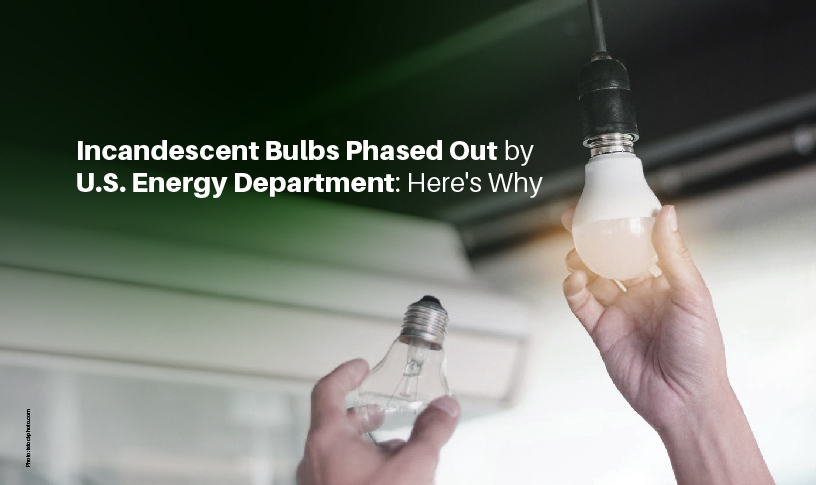
Starting from August 2023, Americans will not be able to purchase any incandescent lightbulbs from retailers around. The Department of Energy (DOE) has announced a nationwide ban on the sale of most incandescent light bulbs, a technology that has illuminated American homes since the 1800s. This move is part of a broader transition towards a more energy-efficient society, with LED lights becoming the new standard!
The ban on incandescent light bulbs is the culmination of rules finalized by the Energy Department last year, which mandated manufacturers to sell energy-efficient light bulbs. This accelerates a long-standing industry practice of using compact fluorescent and LED bulbs, which last 25 to 50 times longer than their incandescent counterparts. The Trump administration had previously slowed an earlier phaseout of incandescent bulbs, citing concerns about overburdening businesses.
The DOE asserts that this move towards energy-efficient lighting will not only help Americans save money but also significantly benefit the environment. By discontinuing inefficient incandescent lights, Americans are projected to save nearly $3 billion annually. Moreover, the environmental impact is substantial, with an expected reduction in carbon dioxide emissions by 222 million metric tons over the next 30 years. This is equivalent to the emissions generated by 28 million homes in a single year.
Retailers across the nation, like Straus Paint & Hardware in Queens, have already begun adapting to this change. The owner, Gary Straus, stated, "We saw this coming a long time ago and tried to phase them out for a while." The store now stocks a wide range of LED lights, offering customers an array of choices in terms of shape, size, and lumens.
LED lights provide more light while using 75% less energy than incandescent lights, and they also last about 25 times longer. While the average cost of an LED light bulb ranges from $5 to $7, compared to $2 to $3 for an incandescent bulb, the long-term savings from reduced energy consumption and longer lifespan make LEDs a more economical choice.
Manufacturers and retailers were informed about the change at the beginning of the year, and those who violate the ban could face a maximum penalty of $542 per illicit bulb. There is a possibility of further bans on Halogen bulbs and compact fluorescent lights (CFL) due to their mercury content.
Although the ban is set to take effect shortly, consumers can continue purchasing the remaining stock of incandescent bulbs available in stores. Furthermore, even after these bulbs disappear from retail shelves, their use in homes is still permissible.
As the nation prepares for this transition, it's clear that the move towards energy-efficient lighting is not just a trend, but a necessary step towards a sustainable future.
Source: Fox8 News
By: Dray Clark, Devan Markham
lineslot88